-
English (US)
Choose your OTT HydroMet brand and region:

Measuring water quality is one of the foundations of hydrological monitoring for surface water applications, which can include open channels, rivers, reservoirs, lakes, and estuaries. It’s crucial to monitor essential indicators of water quality such as water temperature, conductivity, pH, dissolved oxygen, turbidity, and nutrients for a number of reasons, including preventing harmful algae blooms and the proliferation of invasive aquatic plant species.
OTT HydroMet's versatile water quality technology options including multiparameter sondes, CTD’s, and UV nitrate sensors provide flexible solutions for spot sampling or profiling, continuous deployment, or continuous deployment real-time. Reliable water quality data combined with powerful software tools helps professionals detect patterns, make better decisions, and increase efficiency in the lab and on the deployment site.
Learn how to choose the right installation method for your site, including suspended vertical, pipe and rail installation methods using this Installation Guide.
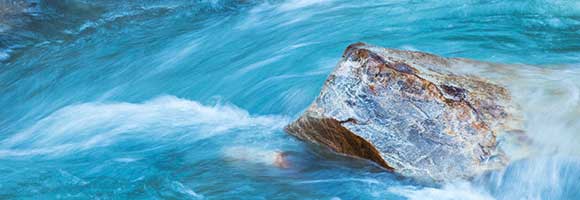
“Quality Assurance and Quality Control” Whitepaper
Usable data are the lifeblood of any environmental water quality monitoring program and variation in measurement processes impairs the quality of the data that water resource professionals work so hard to obtain. In this whitepaper we cover what QA/QC is and how to conduct it.
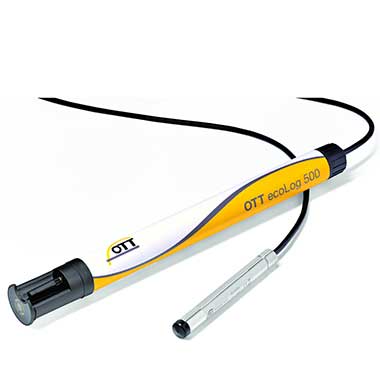
Water Quality Selection Guide
Use our Water Quality Instrument Selection Guide to compare available solutions to determine the best choice for you.
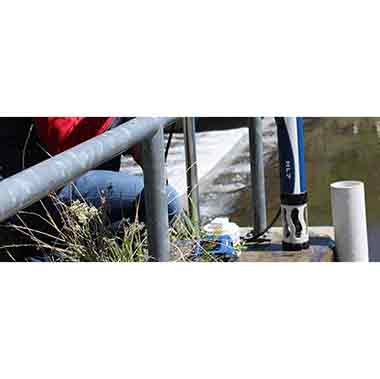
“Top 5 Parameters - Generate Critical Water Quality Insights” Whitepaper
Learn how data can help you monitor environmental change. In this whitepaper we cover these main parameters and their unique impacts on water quality: water temperature, conductivity, dissolved oxygen, pH, and turbidity.
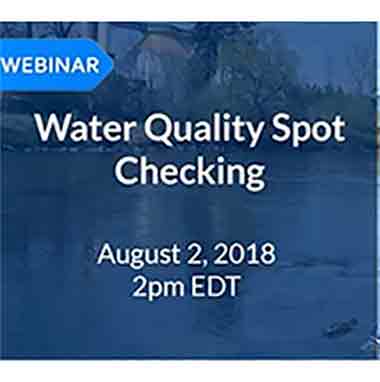
On-Demand Webinar: Spot Checking
Water quality parameters such as temperature, conductivity, dissolved oxygen, pH, and turbidity have the potential to rapidly change in response to different types of local events within the environment. In this free webinar, we discuss the use of water quality field instrumentation and the importance of collecting accurate, reliable, and efficient water quality data.
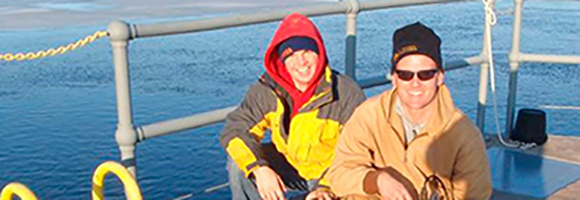
Water Quality Monitoring on the Mississippi River
In this project, water quality data collected by the HYDROLAB DS5X and Hach Nitratax sensors played a key role in the study of freshwater mussels and the nitrogen cycle. The sensors measured highly time sensitive data in large scale systems despite harsh aquatic conditions.
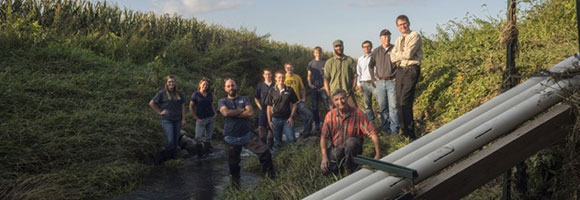
HYDROLAB University of Iowa
Nitrate-loading data are essential for assessing amounts of nitrate entering streams from farm fields. A research institute at the University of Iowa uses this data to track statewide water quality conditions in real-time to populate models to evaluate water quality and volume, while enabling End Member analyses to identify nitrate-rich water sources.
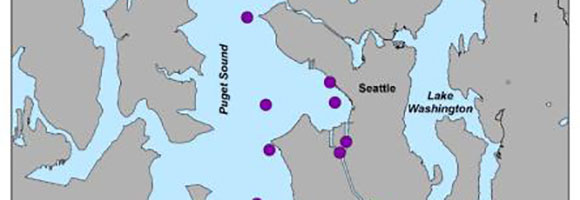
Measuring Nitrate in Puget Sound Using Optical Sensors
In this case study, the SUNA nitrate sensor performed as a robust tool to measure nitrate concentrations in oceanic and freshwater environments. Learn how this team used the appropriate calibrations and corrections to conduct long-term marine monitoring to assess baseline conditions and trends in Central Puget Sound.